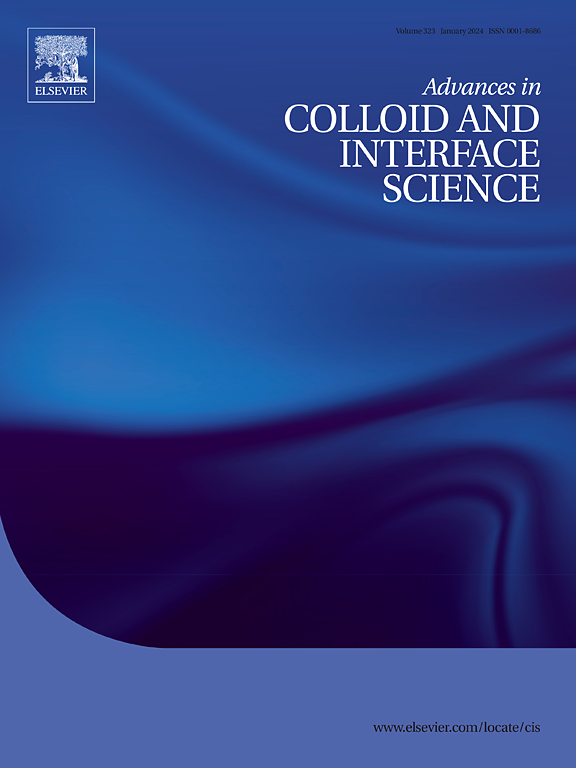Recent advances in tannic acid-based gels: Design, properties, and applications
IF 15.9
1区 化学
Q1 CHEMISTRY, PHYSICAL
引用次数: 0
Abstract
With the flourishing of mussel-inspired chemistry, the fast-growing development for environmentally friendly materials, and the need for inexpensive and biocompatible analogues to PDA in gel design, TA has led to its gradual emergence as a research focus due to its remarkable biocompatible, renewable, sustainable and particular physicochemical properties. As a natural building block, TA can be used as a substrate or crosslinker, ensuring versatile functional polymeric networks for various applications. In this review, the design of TA-based gels is summarized in detail (i.e., different interactions such as: metal coordination, electrostatic, hydrophobic, host–guest, cation-π and π-π stacking interactions, hydrogen bonding and various reactions including: phenol–amine Michael and Schiff base, phenol–thiol Michael addition, phenol–epoxy ring opening reaction, etc.). Subsequently, TA-based gels with a variety of functionalities, including mechanical, adhesion, conductive, self-healing, UV-shielding, anti-swelling, anti-freezing, shape memory, antioxidant, antibacterial, anti-inflammatory and responsive properties are introduced in detail. Then, a summary of recent developments in the use of TA-based gels is provided, including bioelectronics, biomedicine, energy, packaging, water treatment and other fields. Finally, the difficulties that TA-based gels are currently facing are outlined, and an original yet realistic viewpoint is provided in an effort to spur future development.

单宁酸基凝胶的最新进展:设计、性能和应用
随着贻贝化学的蓬勃发展,环保材料的快速发展,以及在凝胶设计中对廉价和生物相容性好的PDA类似物的需求,TA因其卓越的生物相容性、可再生性、可持续性和特殊的物理化学性质而逐渐成为研究热点。作为天然的构建块,TA可以用作衬底或交联剂,确保多功能功能性聚合物网络用于各种应用。本文对基于ta的凝胶的设计进行了详细的总结(即不同的相互作用,如:金属配位,静电,疏水,主客体,阳离子-π和π-π堆积相互作用,氢键和各种反应,包括:酚胺Michael和希夫碱,苯酚-巯基Michael加成,苯酚-环氧开环反应等)。随后,详细介绍了具有机械、粘附、导电、自愈、紫外线屏蔽、消肿、防冻、形状记忆、抗氧化、抗菌、抗炎和反应等多种功能的ta基凝胶。然后,综述了近年来ta基凝胶在生物电子、生物医药、能源、包装、水处理等领域的应用进展。最后,概述了基于ta的凝胶目前面临的困难,并提出了一个新颖而现实的观点,以促进未来的发展。
本文章由计算机程序翻译,如有差异,请以英文原文为准。
求助全文
约1分钟内获得全文
求助全文
来源期刊
CiteScore
28.50
自引率
2.60%
发文量
175
审稿时长
31 days
期刊介绍:
"Advances in Colloid and Interface Science" is an international journal that focuses on experimental and theoretical developments in interfacial and colloidal phenomena. The journal covers a wide range of disciplines including biology, chemistry, physics, and technology.
The journal accepts review articles on any topic within the scope of colloid and interface science. These articles should provide an in-depth analysis of the subject matter, offering a critical review of the current state of the field. The author's informed opinion on the topic should also be included. The manuscript should compare and contrast ideas found in the reviewed literature and address the limitations of these ideas.
Typically, the articles published in this journal are written by recognized experts in the field.

 求助内容:
求助内容: 应助结果提醒方式:
应助结果提醒方式:


